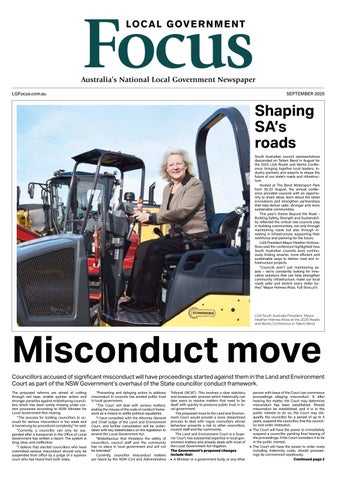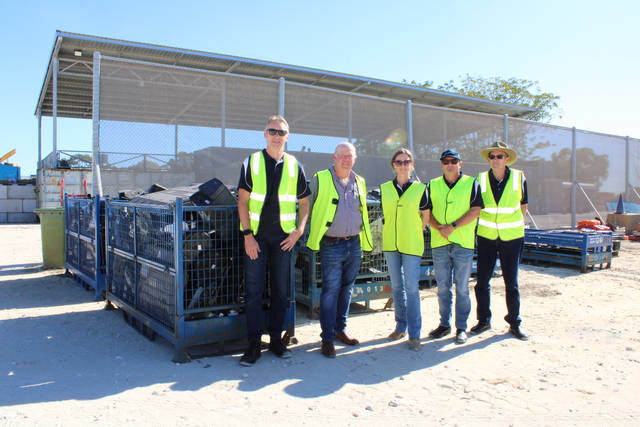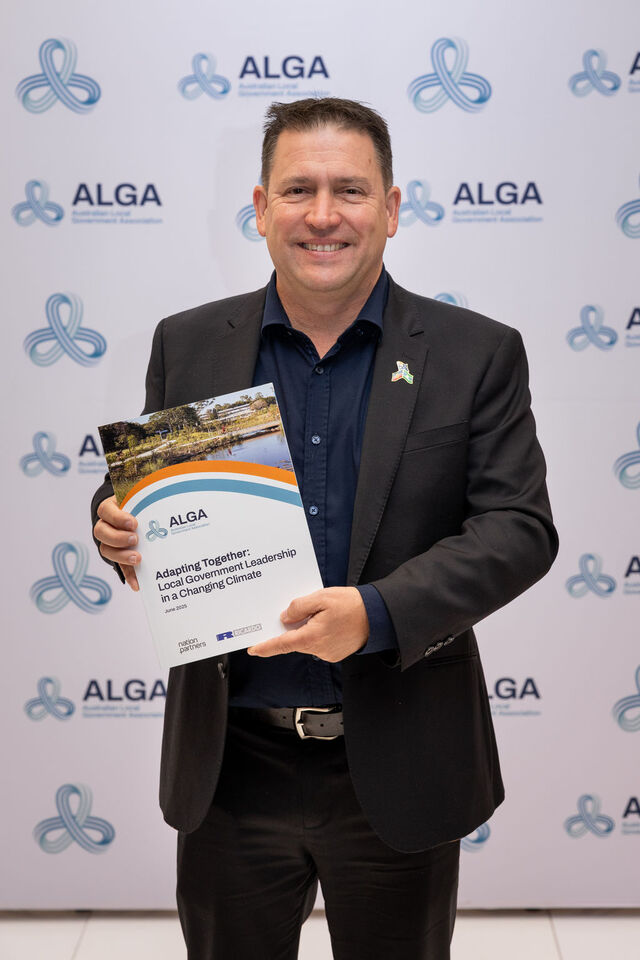A major report recommending a new, more coordinated approach to natural disaster management in Australia has just been released. The Council of Australian Governments commissioned the review in June 2001 to identify the strengths and weaknesses of current arrangements for managing natural disasters.
The Australian Local Government Association was included on the high level group of Commonwealth, State and Territory government officials undertaking the review.
Floods, bush fires and tropical cyclones occur regularly across the Australian continent, causing more than $1.14 billion damage each year to homes, businesses and the nation’s infrastructure, and serious disruption to communities. Research indicates that more extreme weather events, and large scale single events with more severe cyclones, storms and floods, are expected in the future.
The review concluded that current natural disaster arrangements could be improved. Central to the recommended new approach is a systematic and widespread national process of disaster risk assessments and, most importantly, a fundamental shift in focus towards cost effective, evidence-based disaster mitigation, representing an historic shift from disaster response and reaction, towards anticipation and mitigation.
A key recommendation of the review is that all levels of government agree to a comprehensive five year package of 12 reform commitments (see adjacent) to reform the way natural disasters are managed to achieve safer, more sustainable communities and regions in economic, social and environmental terms.
The Council of Australian Governments agreed in principle to the review’s recommendations in December 2003. Work will now proceed on the implementation of a Disaster Mitigation Australia Package including a new funding programme for natural disaster mitigation.
The new Natural Disaster Mitigation Programme will provide funding for a range of natural disaster mitigation works, measures and related activities. These could include disaster research, risk assessments and mitigation strategies; structural works and disaster-resilient infrastructure; warning systems, community education campaigns and other preparedness measures.
The Programme will be launched in early 2004 when local Councils and other eligible organisations will be invited to submit applications for funding of suitable projects. The scope of the review encompassed all elements of natural disaster management, including planning, building standards, insurance, volunteers and more.
12 Reform Commitments
- Develop and implement a five year programme of systematic and rigorous disaster risk assessments.
- Establish a nationally consistent system of data collection, research and analysis to ensure a sound knowledge base on natural disasters and disaster mitigation.
- Develop, for each level of government, a natural disaster mitigation strategy to be implemented by the Commonwealth and each State and Territory commencing in year 2, and by Local Governments in year 3.
- Take action to ensure more effective statutory State, Territory and Local Government land use planning, development and building control regimes that systematically identify natural hazards and include measures to reduce the risk of damage from these natural hazards.
- Support cost effective natural disaster mitigation measures through a Disaster Mitigation Australia Package, consisting of a new Disaster Mitigation Programme and continuation of the Regional Flood Mitigation Programme, to address the risks identified in (1).
- Reduce the problem of public infrastructure repeatedly damaged by natural disasters through cost effective mitigation measures to make infrastructure more resilient, where feasible, by proactive measures under the Disaster Mitigation Australia Package, and post disaster measures under the Commonwealth Natural Disaster Relief Arrangements.
- Develop jointly improved national practices in community awareness, education, and warnings, which can be tailored to suit State, Territory and local circumstances.
- Enhance the Commonwealth Natural Disaster Relief Arrangements to better support community recovery from natural disasters and agree to ten complementary model State and Territory arrangements providing more equitable natural disaster relief and recovery assistance nation-wide.
- Endorse a set of national cost sharing principles for natural disaster management that includes a focus on the responsibilities of individuals, businesses and insurers, as well as those of governments.
- Support emergency management volunteers in tangible ways and remove obstacles to their involvement in community safety by addressing key priorities, namely legal protection, financial incentives, recognition and training needs.
- Establish new national machinery comprising a Ministerial Council or Ministerial Implementation Forum, and a National Emergency High Level Group, to ensure effective collaboration and coordination of Commonwealth, State, Territory and Local Government action in implementing the reform commitments
- Endorse a statement of contemporary roles and responsibilities of each level of government in natural disaster management.
For more information contact (02) 6274 8027 or visit www.dotars.gov.au







